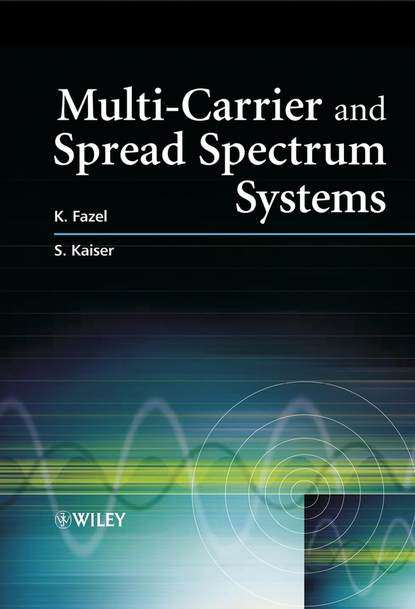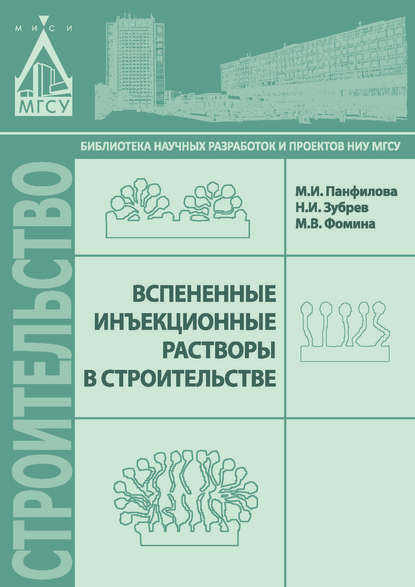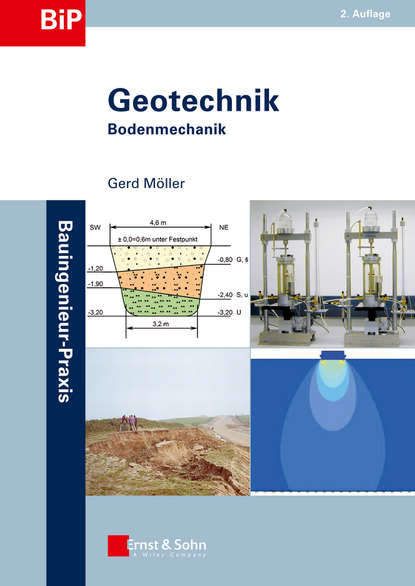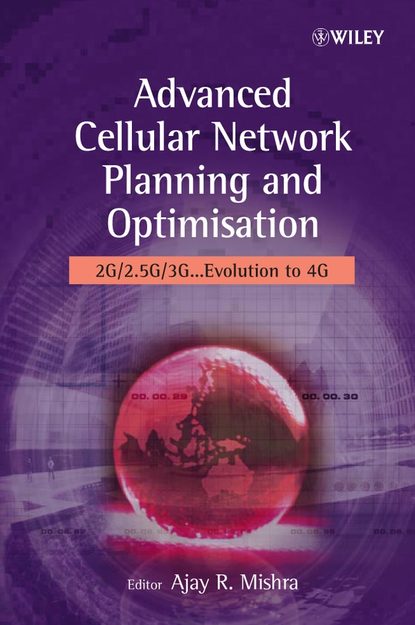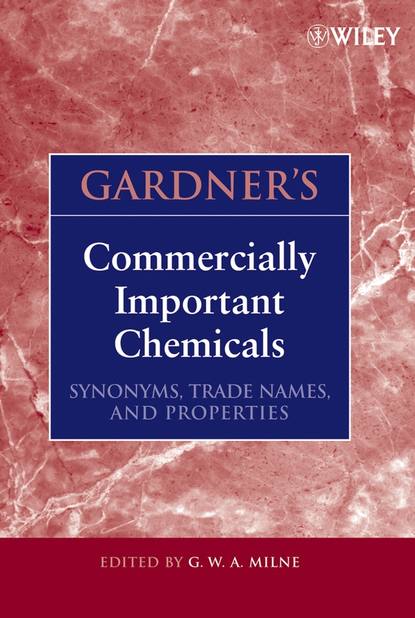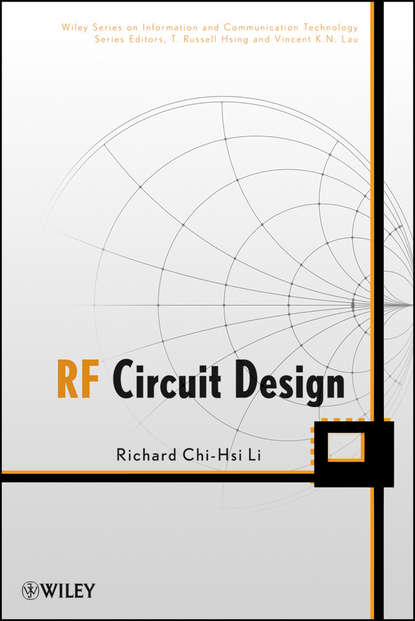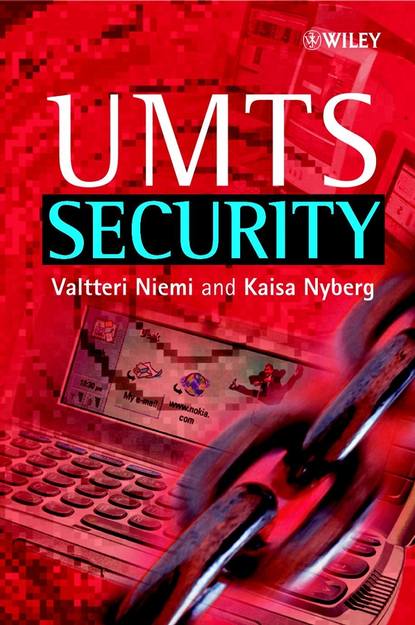Частотный спектр - это ограниченный и ценный ресурс для беспроводной связи. Хороший пример можно наблюдать среди операторов сетей в Европе по ценам за частотные диапазоны UMTS. Поэтому первая цель при проектировании будущих систем беспроводной связи (например, 4G - четвертое поколение) должна заключаться в повышении спектральной эффективности. Развитие цифровой связи в последние годы позволило разработать эффективные методы модуляции и кодирования для надежной и спектрально эффективной передачи данных, речи, аудио и видео. Это многоканальная модуляция (например, OFDM) и техника расширения спектра (например, DS-CDMA), где OFDM была выбрана для трансляционных приложений (DVB, DAB), а также для стандартов широкополосного беспроводного доступа в помещениях (ETSI HIPERLAN-II, IEEE-802.11), а DS-CDMA была выбрана в мобильной связи (IS-95, системы мобильной радиосвязи третьего поколения во всем мире, UMTS/IMT 2000). С 1993 года были представлены различные комбинации многоканальной (MC) модуляции и техники расширения спектра (SS), и область связи MC-SS стала самостоятельной и важной областью исследований с растущей активностью. Были предложены новые области применения, такие как высокоскоростная сотовая мобильная связь, высокоскоростной беспроводной доступ в помещениях и LMDS. Было показано, что MC-SS обеспечивает высокую спектральную эффективность, надежность и гибкость, необходимые для систем следующего поколения. Тем временем, различные альтернативные гибридные схемы, такие как OFDM/OFDMA, MC-TDMA и т.д., были глубоко проанализированы и приняты в различных международных стандартах (ETSI-BRAN, IEEE-802 и MMAC).
Книга "Многоканальные и технологии расширения спектра: анализ гибридных интерфейсов" объединяет все вышеупомянутые гибридные схемы, тем самым обеспечивая столь необходимый ресурс для инженеров-системотехников, разработчиков телекоммуникаций и исследователей, позволяющий им разрабатывать, строить и разворачивать несколько схем на основе MC-передачи для систем следующего поколения (которые будут интеграцией широкополосных мультимедийных услуг, охватывающих как мобильные системы 4G, так и фиксированный беспроводной доступ).
-
Предлагает полное освещение многоканальных, технологий расширения спектра (SS) и мультиплексирования с разделением по времени (TDM).
-
Обеспечивает глубокое понимание гибридных методов множественного доступа на основе многоканальной (MC) передачи.
-
Представляет многочисленные гибридные архитектуры множественного доступа и интерфейсов, включая OFDM/CDMA, MC-CDMA, MC-DS-CDMA и MT-CDMA.
-
Охватывает новые техники, такие как кодирование пространственно-временных сигналов и программно определяемое радио.
Инженеры в области телекоммуникаций, разработчики аппаратного и программного обеспечения, а также исследователи, студенты, преподаватели и техники найдут эту книгу неоценимым дополнением к своей библиотеке.
If you're not familiar with the book, here's the description: "Frequency spectrum is a precious resource for wireless communication. The main objective when developing future generations of wireless communication systems is to increase their rate of use of the spectrum. In the last decades, various methods have emerged and become common practice in wireless technology, such as multi-carrier modulations (OFDM, DVB, DAB, ETSI HIPERLAN, IEEE 802.xx) or spread spectrum technologies (DS-CDMA, IS-95). Some researchers analyze alternatives to these technologies such as OFRD/OFRMA or MC-TDMAN. This book summarizes all these best practices, providing much needed guidance for engineers charged with developing systems guaranteed to work successfully in the future."
К. Fazel, "Multi-Carrier and Spade Spectrum Systems", describes the evolution of wireless communications, starting with limitations on the wireless frequency spectrum, proceeding to new technologies such asMC-SS,and verifying the inherent advantages of hybrid system designs. As the name suggests, this book focuses specifically on spectrum usage and management in communication models. However, it also provides valuable insight into the greatest opportunities and challenges that we as technologists may face moving forwards in communications innovation and technology adoption.
Электронная Книга «Multi-Carrier and Spread Spectrum Systems» написана автором K. Fazel в году.
Минимальный возраст читателя: 0
Язык: Английский
ISBN: 9780470871379
Описание книги от K. Fazel
Frequency spectrum is a limited and valuable resource for wireless communications. A good example can be observed among network operators in Europe for the prices to pay for UMTS-frequency bands. Therefore, the first goal when designing future wireless communication systems (e.g. 4G – fourth generation) has to be the increase in spectral efficiency. The development in digital communications in the past years has enabled efficient modulation and coding techniques for robust and spectral efficient data, speech, audio and video transmission. These are the multi-carrier modulation (e.g. OFDM) and the spread spectrum technique (e.g. DS-CDMA), where OFDM was chosen for broadcast applications (DVB, DAB) as well as for broadband wireless indoor standards (ETSI HIPERLAN-II, IEEE-802.11) and the DS-CDMA was selected in mobile communications (IS-95, third generation mobile radio systems world wide, UMTS/IMT 2000). Since 1993 various combinations of multi-carrier (MC) modulation and the spread spectrum (SS) technique have been introduced and the field of MC-SS communications has become an independent and important research topic with increasing activities. New application fields have been proposed such as high rate cellular mobile, high rate wireless indoor and LMDS. It has been shown that MC-SS offers the high spectral efficiency, robustness and flexibility that is required for the next generation systems. Meanwhile, different alternative hybrid schemes such as OFDM/OFDMA, MC-TDMA, etc. have been deeply analysed and adopted in different international standards (ETSI-BRAN, IEEE-802 & MMAC). Multi-Carrier & Spread-Spectrum: Analysis of Hybrid Air Interfaces draws together all of the above mentioned hybrid schemes therefore providing a greatly needed resource for system engineers, telecommunication designers and researchers in order to enable them to develop, build and deploy several schemes based on MC-transmission for the next generation systems (which will be an integration of broadband multimedia services covering both 4G mobile and fixed wireless systems). * Offers a complete treatment of multi-carrier, spread-spectrum (SS) and time division multiplexing (TDM) techniques * Provides an in-depth insight into hybrid multiple access techniques based on multi-carrier (MC) transmission * Presents numerous hybrid multiple access and air interface architectures including OFDM/CDMA, MC-CDMA, MC-DS-CDMA and MT-CDMA * Covers new techniques such as space-time coding and software radio Telecommunications engineers, hardware & software system designers and researchers as well as students, lecturers and technicians will all find this an invaluable addition to their bookshelf.
